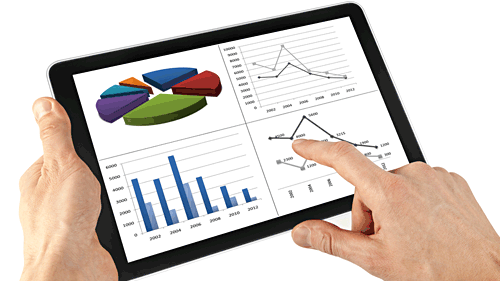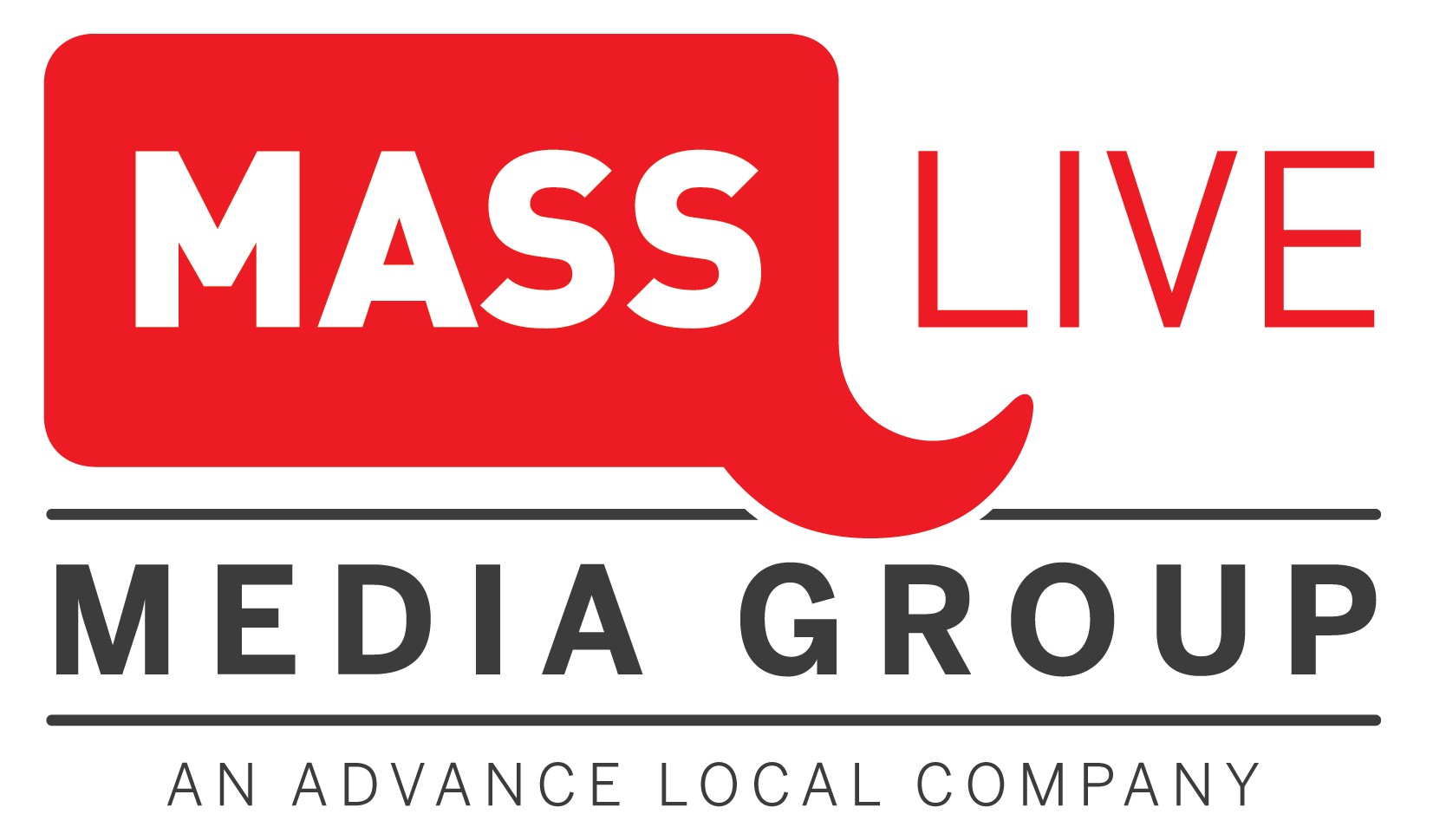 Sometimes media metrics can be misleading. Measuring is good! But with digital campaigns, it’s easy to measure the wrong things or draw the wrong conclusions.
Sometimes media metrics can be misleading. Measuring is good! But with digital campaigns, it’s easy to measure the wrong things or draw the wrong conclusions.
You’ve got a ton of marketing options to get in front of your customers when they’re online. The question, now more than ever, is: What’s driving the most value and performance for my business?
That’s true whether you’re growing your business through database marketing (newsletters), display advertising, re-messaging, SEM (bottom-of-purchase funnel) or social media optimization (getting your customers back). It’s a big, complex purchase funnel, and you have to decode the numbers to see what’s working for you.
What Do We Mean by Metrics?
Metrics is a shorthand for all kinds of data gathered about your digital campaigns:
- Who interacted with your campaign
- How they interacted with your campaign
- What they did or didn’t do next
- How many interacted with your campaign
- How far they slid down your funnel
Metrics are measured by things like opens, impressions, clicks, time on page, shares, conversions, referral sources, bounces, etc. However, there are a couple of common mistakes that keep you from reading the digital tea leaves correctly – starting with guzzling too much of that delicious tea.
Google’s Digital Evangelist, Avinash Kaushik has a great many intelligent things to say on the matter of measurement. One of my favorites: “In a world of infinite choice, the ability to pick a critical few metrics to focus on is, well, critical. … But choosing what to focus on is extremely hard.”
First Things First
Be sure you get your site tagged up if you want to see past the clicks. Google Analytics is a wonderfully powerful tool – but if you’re leery of the ubiquity of Google, there’s always Piwik or a host of other simplified web analytics platforms.
Now What? Numbers, Numbers Everywhere …
When it comes to metrics, ask yourself: What does success actually look like? The challenge, as Nate Silver might put it, is to distill the signal from the noise.
Only a handful of metrics will be relevant to your campaign – to your business. Work backward from a win to determine the right metrics. For example you might want to track:
- actual sales to measure growth
- info captured to measure leads
- time on site to measure engagement, and so on …
Analysts dig acronyms – so if you’re looking to add another one to your digital arsenal, here you go … Call these puppies your Key Performance Indicators (or KPIs).
As you start understanding what’s driving the most performance for you, be careful to avoid the lure of big vanity metrics. Don’t JUST chase big numbers. This time ask: Did this actually move the needle? Did this move us closer to our goal?
Think quality AND quantity. Measure everything, but pay close attention to those metrics that really matter. We only get to spend those marketing dollars once.
MORE ESSENTIAL READING



 Ad Choices
Ad Choices